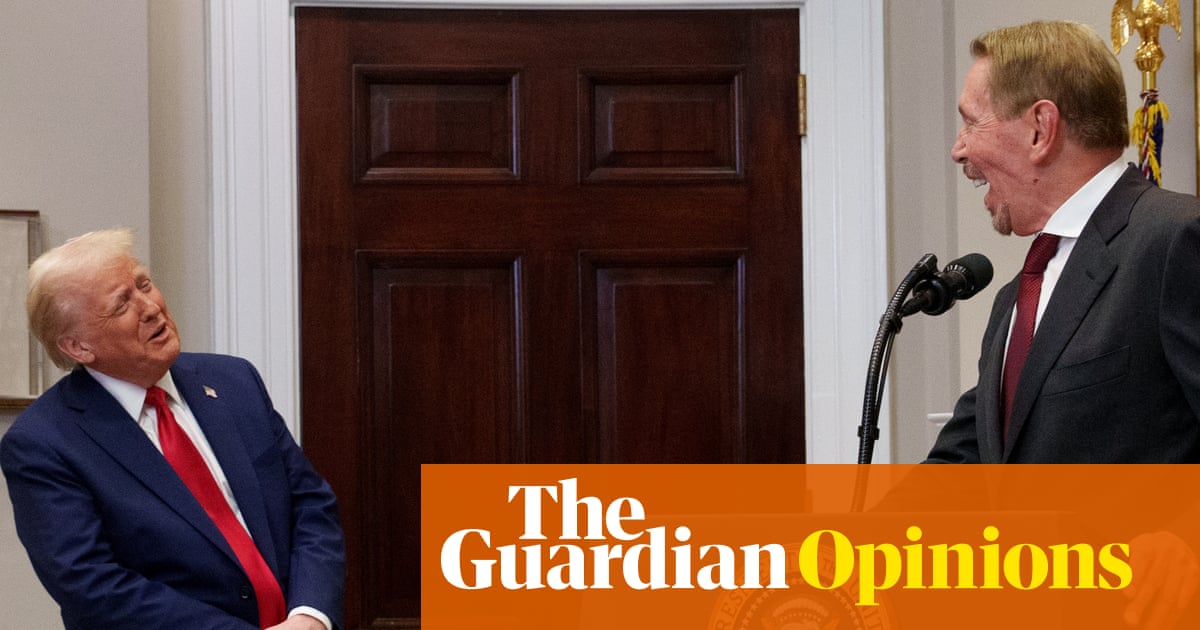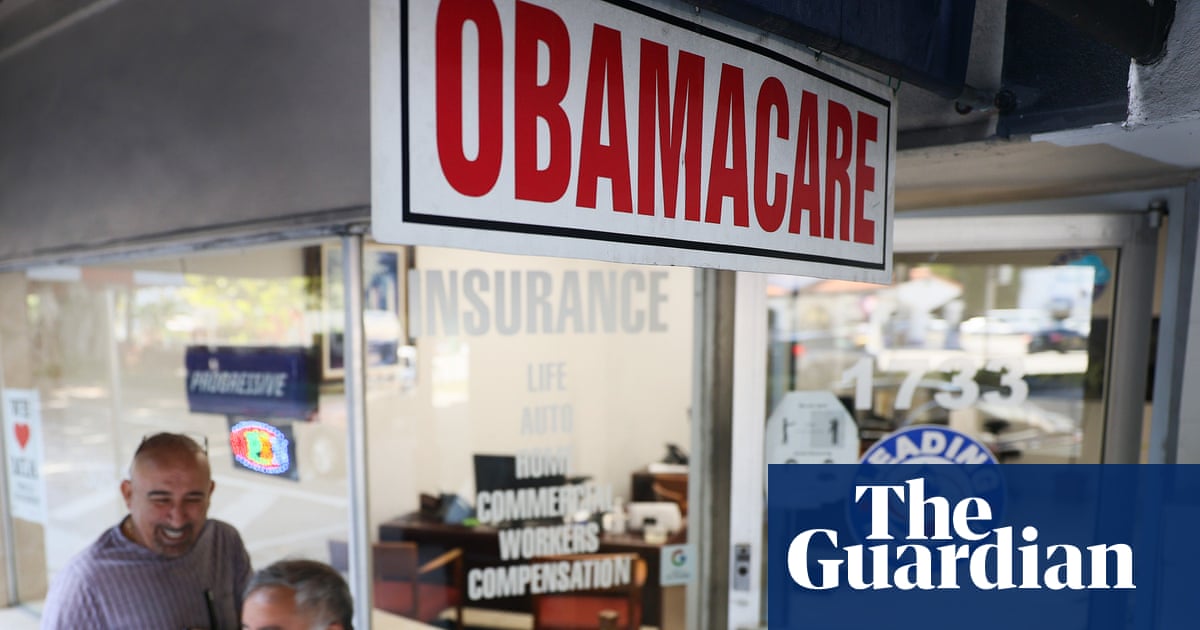To many Americans, the economy of the past five years has been rough. Prices have soared yet pay remains stagnant. High mortgage rates have made buying a home a dismal prospect. The unemployment rate has been creeping up.
Most people have indicated they’re delaying major life decisions, including having kids or switching jobs, because of the instability. But for a very small group of people, the last five years couldn’t have been any better.
The wealth of the world’s billionaires grew 54% in 2020, at the height of the pandemic. And even amid all the economic instability, the stock market has only continued to grow. This growth has largely benefited just a small number of Americans: 10% of the population owns 93% of stock market wealth.
As uneven as this distribution seems, it’s the system working as it is currently designed.
In his new book Burned by Billionaires, inequality researcher Chuck Collins argues that the system that perpetuates wealth inequality is purposely opaque to most Americans.
“[The wealthy] have bought their jets, they’ve bought their multiple houses and mansions, but now they’re buying senators and media outlets,” Collins told the Guardian in an interview. “We’re now entering this other chapter of hyper-extraction where the wealthy are preying on the system of inequality.”
Collins, a director at the Institute for Policy Studies, is no stranger to wealth. A great-grandson to Oscar F Mayer, the founder of the meat processing brand, he is a member of the Patriotic Millionaires, a nonpartisan group of wealthy Americans who advocate for higher taxes for the rich and higher wages.
To help others understand what exactly it means to be “wealthy” in the US, Collins borrows a concept from journalist Robert Frank who, in a 2007 book on the rich, imagined the different levels of wealth as “Richistan” villages: Affluent Town, Lower Richistan, Middle Richistan, Upper Richistan and Billionaireville.
To modernize the concept, Collins categorizes these “wealth villages” based on income levels. At the lowest tier, Affluent Town, are the 10 million Americans who have a household income of at least $110,000 and an overall wealth of over $1.5m. The villages get more exclusive as wealth goes up: Lower Richistan has 2.6 million households who have wealth between $6m and $13m; Middle Richistan has 1.3 million households who have assets worth an average of $37m; while Upper Richistan, made up of 130,000 Americans (roughly the size of a small city) has between $60m to $1bn in wealth.
Altogether, the residents of these villages make up the top 10% of the wealth income distribution, about 14 million Americans altogether, though their experiences vary dramatically.
“You could be in Lower Richistan, and you’re still sitting in the coach section of a commercial plane,” Collins said. “Whereas in Upper Richistan, you’re flying in a private jet. That’s a really different cultural experience. You fly private, you have no stakes in the commercial aviation system. You don’t care if the whole system shuts down – you’re set.”
The highest hill in “Richistan” is Billionaireville, which is made up of about 800 American billionaires who are some of the world’s wealthiest. The power that this group has far surpasses those who are simply affluent, let alone the average American who doesn’t reside in “Richistan” at all.
But Collins thinks the progressive slogan “billionaires shouldn’t exist” or “abolish billionaires” misses the point and has a “whiff of exterminism” to it.
“It’s the distinction between individual behaviors and a system of rules and policies,” Collins said. “We should be concerned about an economic system that funnels so much wealth upward to the billionaires.”
In other words, it’s not about the billionaires themselves, but about the system that allows them to have an enormous amount of influence and control over society today.
To understand how wealth at the billionaire level works, Collins breaks it down into four parts: getting the wealth, defending the wealth, political capture and hyper-extraction.
When many Americans think about wealth, they usually think solely about the first step, Collins said. People can create a modest amount of wealth through starting or running a successful business, which could get them residency in Affluent Town.
But getting to Billionaireville requires serious investment and strategy in those next three steps. Collins describes what he calls the “wealth defense industry”: the tax layers, accountants and wealth managers who use their expertise to ensure that the super rich are being strategic about their taxes.
“Wealth defense professionals use a wide variety of tools such as trusts, offshore bank accounts, anonymous shell companies, charitable foundations and other vehicles to hold assets,” he writes.
To further a wealth defense strategy, a family needs political support. Wealth of over $40m translates to political power, Collins says, and can be used to defend wealth and protect its accumulation. He notes that the 2010 landmark supreme court decision Citizens United v Federal Election Commission allowed the wealthy to pump a seemingly unlimited amount of money into elections, which has dramatically increased the power the ultra-wealthy have on politics.
The last stage is a different kind of wealth accumulation, one that Collins calls “hyper extraction”, to describe how the wealthy have come to touch nearly every single part of an Americans’ everyday life largely through private equity, which allows wealthy individuals to invest in private companies.
“Private equity is looking for those corners of the economy where they can squeeze things a little bit harder,” Collins said. “One thing I don’t think people understand is these billionaire private-equity funds are what happens when so much wealth is parked in so few hands, and they can kind of turn around and say, ‘Where else can we squeeze money out of the economy?’ Healthcare? Great. Mobile home parks? These people can’t go anywhere, [so] you can raise their rents.”
Collins writes about the Mars family, best known for their dominance in the confectionary market, with M&Ms, Snickers and Skittles, but who have also cornered the pet industry. Along with being the biggest owner of pet care products in the US, the Mars family owns over 2,500 pet care facilities across the US.
The effects of this inequality go beyond the wealth getting wealthier. It’s about people paying more for their healthcare, rent and vet bills without seeing any meaningful wage increases. And Collins said the pain and frustration of this kind of society can lead to deep discontent.
“The most powerful oligarchs understand people are being left behind [and] are economically suffering,” Collins said, adding that Republicans have been good at tapping into a potent “phony populism”.
“They can basically project this message that actually, Democrats are elitists. They just care about rich Hollywood executives and woke politics, and the people who care about you are over here. They’re the Donald Trumps of the world. They hear your pain, they feel your pain,” he said.
The irony, Collins points out in his book, is that Trump has appointed a string of billionaires to his cabinet. Along with Elon Musk, who had a brief but powerful role as head of the so-called “department of government efficiency”, which oversaw massive cuts to the federal workforce, Trump’s secretaries for commerce, treasury, education and the interior are also all billionaires.
His cabinet, along with help from Republicans in Congress, helped him pass his huge tax bill, which will make permanent tax cuts for the wealthy and corporations.
While Republican continue to argue that immigration and bad trade agreements are the source of everyone’s economic problems, “the question becomes: Will the Democratic party, which has also been captured by the billionaires and big money, be able to meaningfully address the underlying harms?” Collins said.
Democrats, he argues, know what policies are needed to “reverse the updraft of wealth”, including deep changes to the tax system, increasing the minimum wage and strengthening unions.
Collins recalled four years ago, when the Democrats were in control of the White House and both chambers of Congress. The Democrats introduced the $4.3bn Build Back Better bill, which would have seen deep investments in climate change, Medicaid, housing and childcare, among other things. The bill was going to be partially funded through changes in the tax system, including higher taxes on the ultra-wealthy and closing out tax loopholes.
But while the bill passed the House in November 2021, it ultimately died in the Senate because two centrist Democrats, Joe Manchin of West Virginia and Kyrsten Sinema of Arizona, blocked it. Both Manchin and Sinema have since both left their Senate seats.
“It was so, so close, and the bill really did reflect the will of the majority of people who really want lawmakers to solve some of these urgent problems,” Collins said. “Oligarchic power is not about creating so much as blocking. It’s easier to block than it is to make something meaningful happen, but the muscle memory is there. We know what that looks like.”
Collins is optimistic that there can be change, but said it would require sustained political momentum.
“It may be before we know it that the pendulum swings back, and then it really is about maintaining a sustained really popular movement to make progress on this extreme inequality we’re living in,” he said. “We can fix this. It is fixable.”

 German (DE)
German (DE)  English (US)
English (US)  Spanish (ES)
Spanish (ES)  French (FR)
French (FR)  Hindi (IN)
Hindi (IN)  Italian (IT)
Italian (IT)  Russian (RU)
Russian (RU)  3 weeks ago
3 weeks ago
























Comments